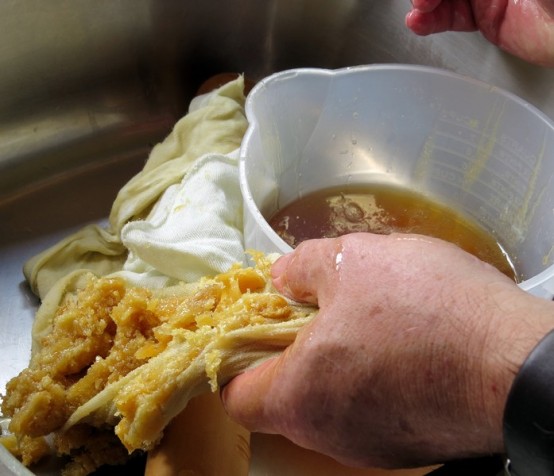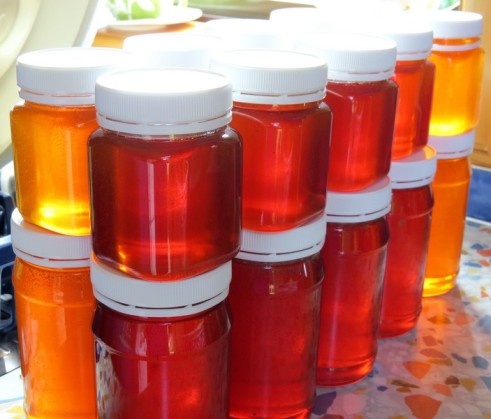The Vege Grower and I ended the year with a walk through Waikato’s Maungatautari restoration project, a ‘mainland ecological island’, now also known as Sanctuary Mountain. It is surrounded by the world’s longest predator-proof fence and contains a wonderful array of native birds. However, we were there in the middle of the day so apart from a group of captivating kaka active around their feeding station, we didn’t see or hear many other original birds of Aotearoa, but did sight blackbirds, a thrush, chaffinches and greenfinches…
The area is well endowed with informative signs so a walk along the tracks is educational as well as good for the cardiovascular system!
Pukatea (Laurealia novae-zelandiae) is a wetland tree that grows up to 35m with a straight trunk for most of the way. The genus Laurelia has only two species – one in New Zealand and Laurelia sempervirens in Chile. The genus is somewhat unusual in having both sexes separate on the same tree, and occasionally together on the same flower. Read more here.
It’s notable for its plank buttresses to keep it steady – the only native tree that grows them and if growing in water it also sends up breathing roots.
With the draining of New Zealand’s wetlands (90 per cent of the North Island’s have gone) it’s a tree that’s not necessarily well known. A sign in the forest (taken from this Te Ara entry) reveals that Maori used the bark as a painkiller and that the bark contains pukateine, which has a chemical structure similar to morphine!
However, what intrigued us about it was its seeds – you’d think that a big tree would have a big seed, but no. At first, I thought I was looking at a downy feather floating into the area known as The Clearing, but then realised it was a pukatea seed … and later we found a whole stalk of them.
What better way to head into 2016 than marvelling at the tenacity and variety of nature!


















